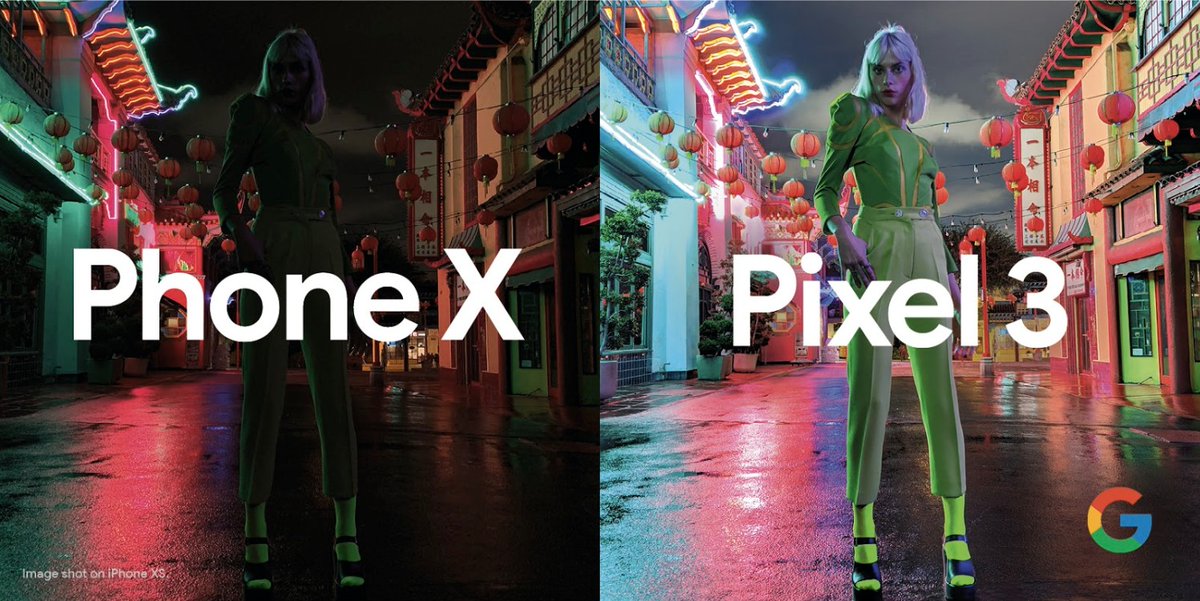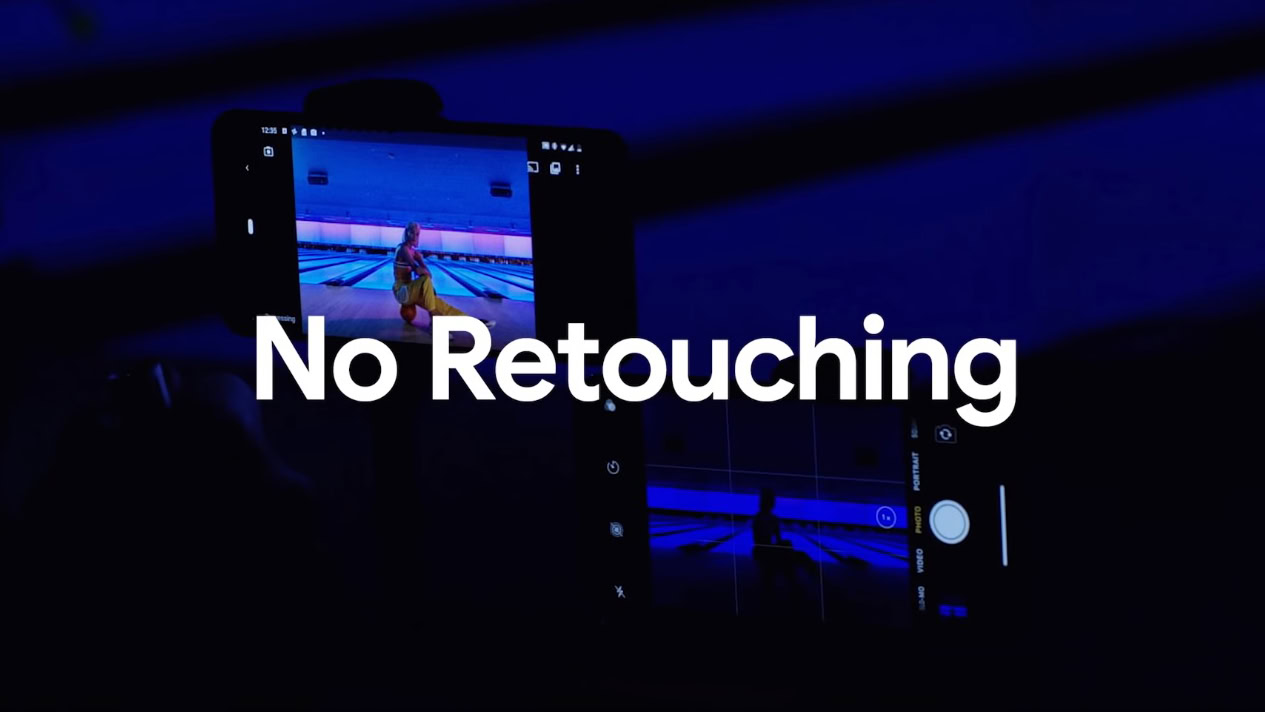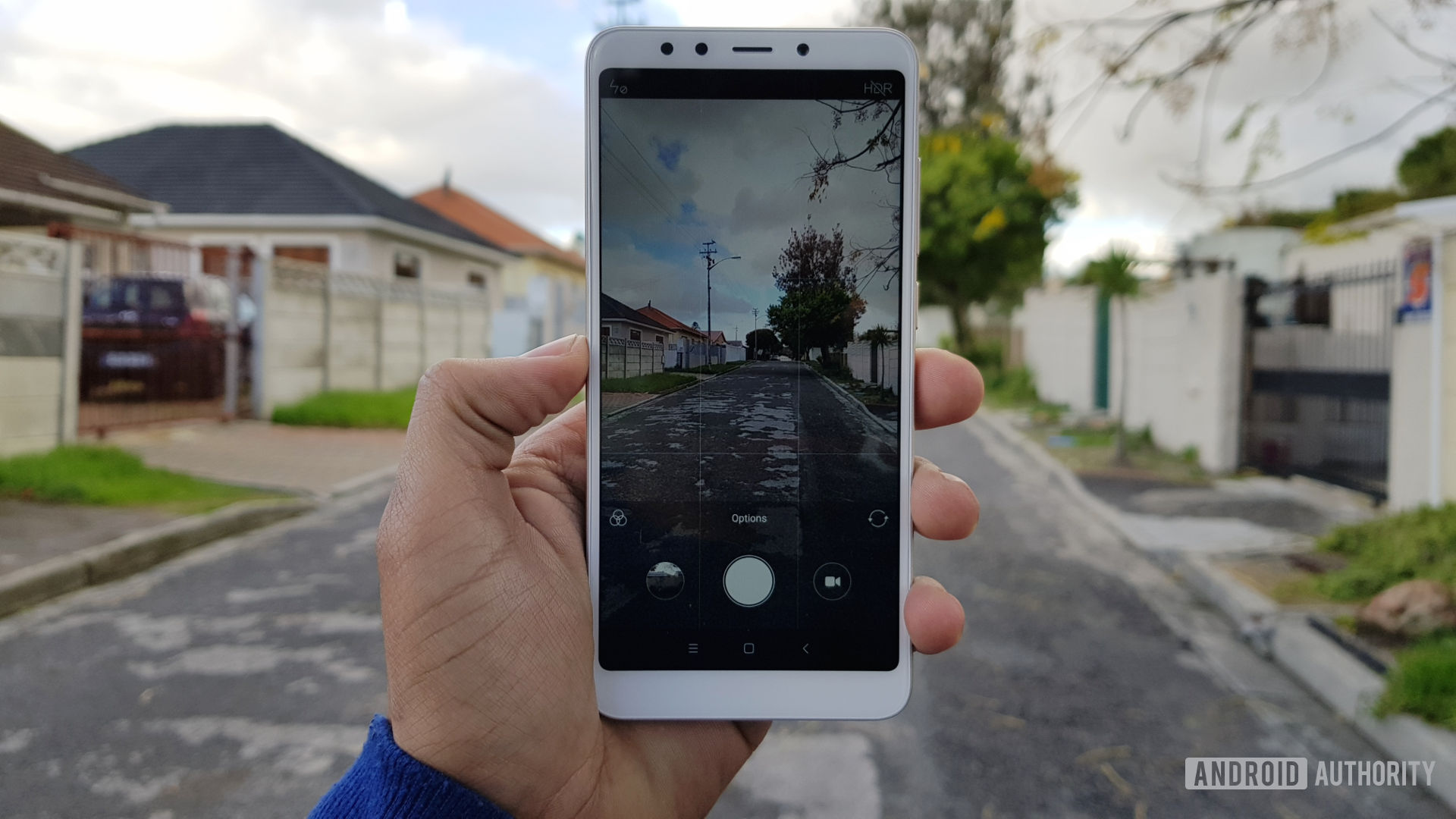Affiliate links on Android Authority may earn us a commission. Learn more.
Pixel 3 Night Sight compared to iPhone XS: it's not really close (Update: Video)
February 4, 2019

Update, February 4, 2019 (5:32 PM ET): Google just published a brief behind-the-scenes video detailing its method for obtaining the low-light photographs discussed in the article below.
The video is reposted above if you want to check it out.
The video shows how Google mounted the Google Pixel 3 next to an iPhone XS so the camera lenses of each device were as close together as possible. It then shows how the photographers took every photo at the exact same time. The video also displays text that promises “no retouching, no filters,” which seems legit when you look at the screenshot below:

Google’s Night Sight — and the Pixel 3’s camera in general — continues to be one of the biggest selling points of the company’s latest smartphone.
Original Article, January 28, 2019 (01:28 AM ET): Night modes are all the rage in the smartphone industry, with Huawei, Google, OnePlus, and Xiaomi offering the option on their devices. Now, Google has compared the Pixel 3’s Night Sight mode to the iPhone XS in a low-light situation (seen above), and there’s a stark difference between the two.
Google’s Night Sight
Google marketing executive Marvin Chow posted the comparison on Twitter, showing “Phone X” on the left, and the Google Pixel 3 with Night Sight on the right. The tiny text on the left tells us that “Phone X” is actually the iPhone XS.
Night Sight on Google Pixel3 — pretty much speaks for itself ? #teampixel pic.twitter.com/ao0Yi2W2Sq— marvin chow (@theREALmarvin) January 27, 2019
The scene, which shows a model standing in front of a neon-lit scene at night, seems ideal for the Night Sight mode. The Pixel 3 managed to deliver a brighter overall scene, clearly showing the woman’s face, clothing, and other elements. But the buildings in the background were also brighter and more detailed in Google’s photo, save for some blown-out lighting. Heck, you can even see a brighter (but not too noisy) sky in the Pixel 3 snap.
How did the iPhone fare?
Meanwhile, Apple’s phone was much darker overall, as the model seems silhouetted against the neon environment. The woman’s face is almost completely dark, and her clothing doesn’t retain the same rich color as Google’s effort. The iPhone XS photo managed to tame the lighting in the background though, while Google prioritized the model instead. But based on the fact that we have an obvious subject in the viewfinder, I’d say Google’s phone certainly made the right decision.

Still, I wonder whether the iPhone XS truly is that bad, almost as if the photographer adjusted exposure on the background instead (or simply didn’t tap on the subject’s face). But if there’s no foul play here, then it’s clearly a big win for Google.
Night mode is becoming one of the most important weapons in a smartphone camera’s arsenal these days, combining multiple exposures with smart algorithms. Apple’s iPhones lack this feature right now, but I wouldn’t be surprised if a future version of iOS offers this functionality. This could be a boon for older iPhones too, giving Apple’s legacy devices a welcome boost in low-light situations. But until then, the Pixel 3 seems to reign supreme when the sun goes down.
NEXT: Why Google bans ad-blockers, but is actually fine with ad-blocking browsers